One day before your flight, download the app of the airline you’re flying so you can check-in and get your boarding pass.

“I’m not a fan of downloading a ton of apps, but it’s worth it when you’re flying. When you download an airline’s app, you can check in from your phone, access your boarding pass (SO much easier than keeping track of a paper ticket), get flight updates, and, in some cases, stream in-flight movies and TV. “
If you have to get a COVID-19 test for your flight, download whatever app the airline suggests, and upload your test results (and/or vaccination record).
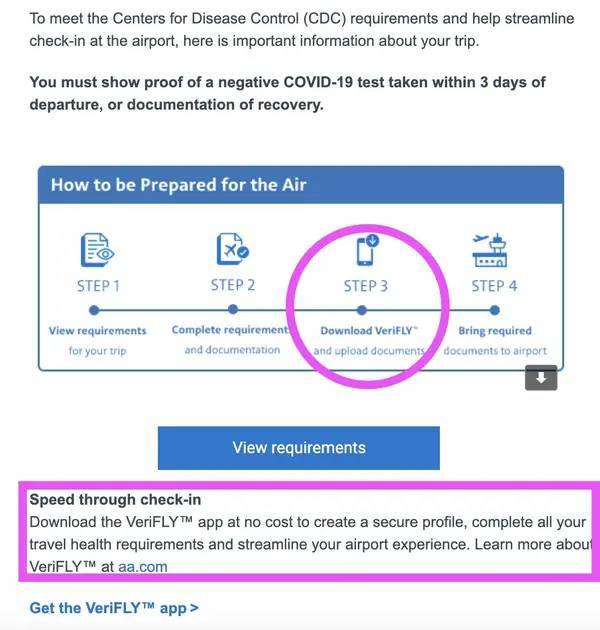
“COVID has really slowed things down at most airports. Getting everything done at home before you arrive at the airport will save you big time. Recently, I didn’t download or upload my test results and vaccination record to the airline app, so I had to wait in a very long check-in line.
At this point, every airline seems to have their own test and vaccine verifying service. American Airlines uses VeriFLY, United Airlines uses Travel-Ready Center, and many international airlines are currently testing the IATA Travel Pass. With these apps, you can see what documentation you need to fly and you can get it verified in advance.”
Pack light and pack smart (aka skip the bag-drop line).
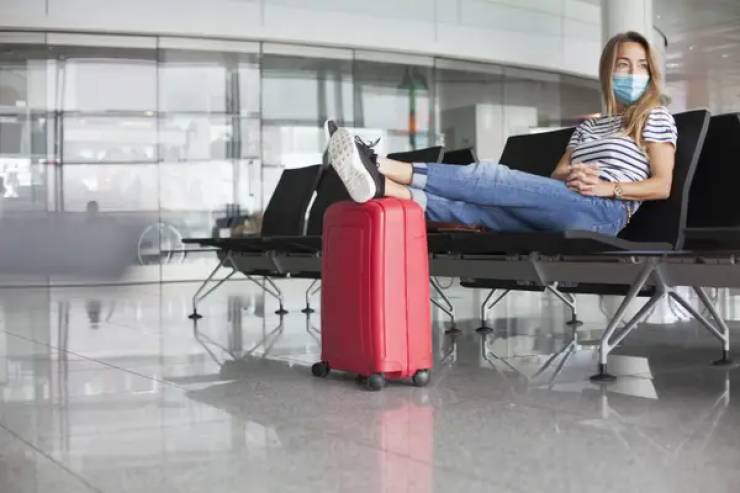
“It doesn’t matter if you’re traveling for two weeks, a month, or a weekend. You can fit everything you need in a carry-on suitcase and a backpack. Remember, laundry exists all over the world, and when is the last time you ever wore everything you packed anyway?
What you pack will vary based on where you’re going of course, but my go-to is two pairs of shoes, a couple pairs of jeans, a couple dresses, a sweater or sweatshirt, five shirts, PJs, and five pairs of socks and underwear. Depending where you’re traveling you may need extras (like a swimsuit, scarf, rain jacket, etc), but you get the idea.
Oh, and there’s no weight limit for carry-on bags. YAY!”
Put your clothing in a carry-on, but store everything you’ll have to remove at security as a personal item (aka your purse, backpack, shoulder bag).

“This move will save you so much time at the security line. If your carry-on suitcase is just full of clothes, you can throw it on the security belt while you focus on your personal item, which will have all the “questionable” items like liquids, large electronics, and food.
Packing this way also ensures everything you’ll need in-flight will be in your personal item (which should be stowed under the seat in front of you). That way, you won’t need to get up and open the overhead bin to rummage through your suitcase mid-flight.”
If you’re stressed about space in your carry-on suitcase, be strategic about what you wear to the airport.

“To save room in your carry-on bag, wear your bulkiest clothing on the plane (think: your biggest pair of shoes, jeans, a big sweatshirt, etc…).”
And keep in mind that what you wear also effects how quickly you get through airport security.

“When deciding what to wear to the airport, you’ll want to keep airport security in mind. Skip the belt and chunky jewelry, wear a jacket you can easily take on or off, and opt for shoes you can slip off easily. I also always wear socks because no one wants to walk barefoot through security.
Plus, since you will likely be checking your ticket a thousand times while you’re at the airport, wear something with pockets so you can easily access your phone and passport.”
Strategically pack your personal item, keeping items you’ll need to remove in the security line accessible.
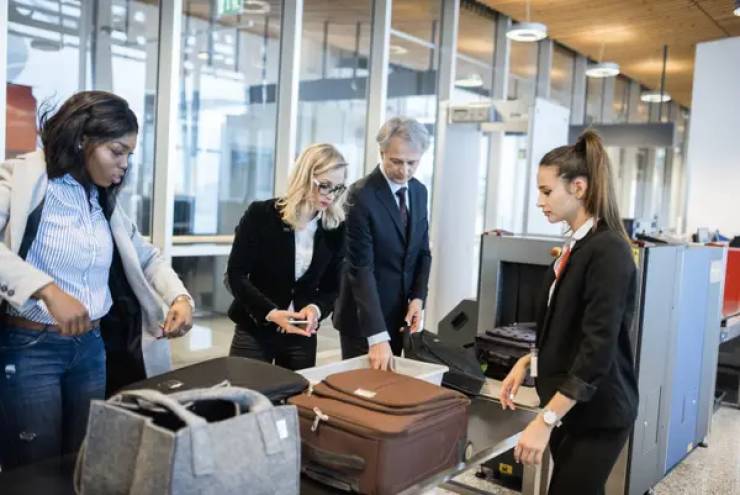
“The TSA suggests packing in layers, which works well. Put things you won’t need to touch at security or in-flight at the bottom of your personal item, and pack items you know you’ll have to access at the top. These items might include large electronics (laptop, Kindle, iPad), food, liquids, gels, and aerosols.”
Take TSA’s liquids rules seriously.
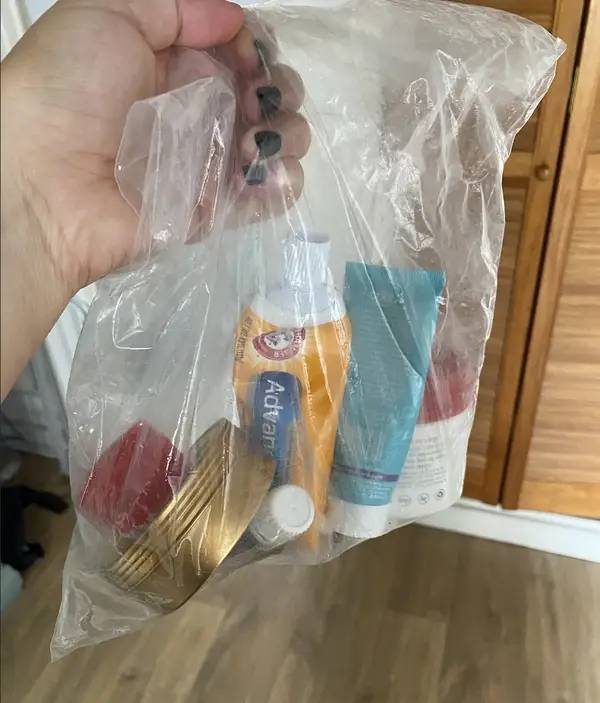
“All airports have different procedures, and actually I’ve been through some airports that don’t even make you pull out liquids. I think it depends on their screening equipment. That being said, you can avoid any holds-ups by following the “official” rules, which say all liquids, gels, and aerosols should be 3.4 ounces or less, and they should all fit in a single, quart-sized plastic bag. “
Bring an empty water bottle that you can fill up once you get through security.

“A reusable water bottle is clutch for travel. The air in planes is dry, so you’ll need to work extra hard to stay hydrated. That means means those tiny bottles of water you get on board won’t cut it. If you’re flying internationally, this is even more important because dehydration can actually worsen jet lag.
Bring a water bottle, fill it up once you get through security, and put it in your personal item so you can access it and drink plenty during the flight.”
You might also want to pack a few snacks in case you don’t have time to grab food before your flight.

“I’ve quite literally missed a flight because I thought I had enough time to get lunch. These days I always pack a bag of nuts, an energy bar, and usually an apple or two in my personal item…just in case.
Keep in mind that if you pack a liquid-y food like yogurt you’ll have to pull it out at security.”
Put together an airplane kit containing headphones, eye drops, extra face masks, hand sanitizer, and antibacterial wipes.
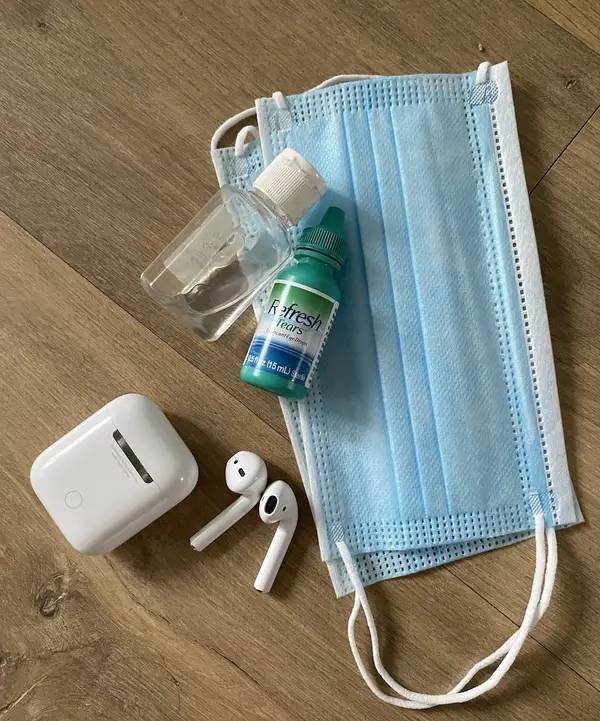
“There are a few essentials that will make your flight so much easier. Bring headphones so you can access the plane’s in-flight entertainment (which may be on the seat-back OR on your phone) and a charging cord (because watching a movie on your own device can quickly drain the battery).
I always bring eye drops because my eyes get very dry on planes, as well as a few COVID-related items like an extra face mask or two, hand sanitizer, and antibacterial wipes. “
If you need to sleep on the flight, also pack a few sleep essentials.
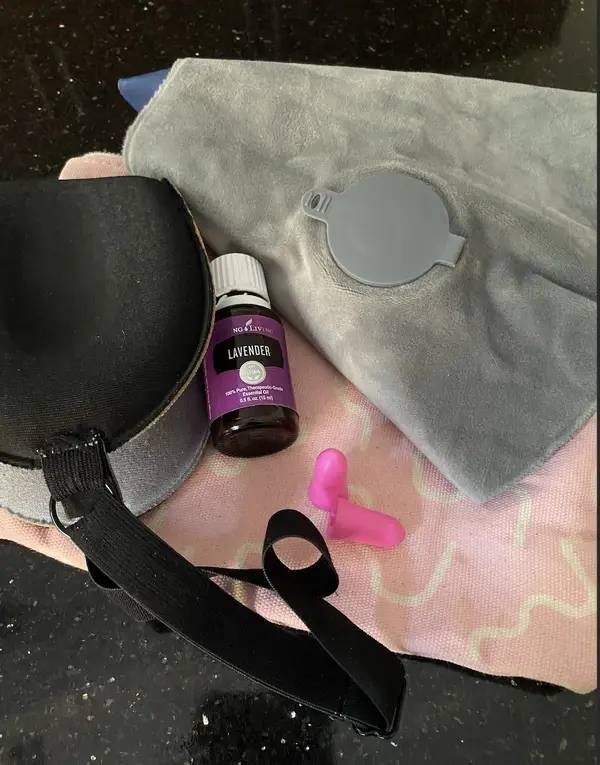
“If I know I want to sleep on a flight, I’ll carry on earplugs, an eye mask, a blow-up neck pillow, and a little lavender essential oil (which helps me prep for sleep). If you have a hard time sleeping on planes and are on a long-haul flight, bring along some Tylenol PM, too.”
If you have a carry-on suitcase and the flight is full, make sure you board as early as possible.

“In all honesty, I hate how people scramble to board planes, but if you’re on a full flight and are trying to make a tight connection with a carry-on suitcase, plan ahead. You’ll want to line up early to ensure your bag fits in the overhead compartment. I’ve been on several flights where the plane has run out of overhead bin space and the staff started putting bags in the hold below. It’s usually not a big deal, but it can be a nightmare when you have a tight connection.”
If it looks like overhead bins are already full, put your carry-on bag in the first available bin you pass located in front of your seat.

“There is nothing worse than getting to your seat only to find that the overhead bin space around you is full. If this happens, you’re basically s#ck with two unfortunate options: 1.) put your bag behind you, knowing that you’ll have to wait for everyone to deplane before you get it, or 2.) move against the flow of people boarding the plane and find a bin closer to the front of the aircraft.
I always make a game-time call as I’m boarding or I ask the welcoming flight attendant about the status of overhead bin space. If it looks full, I put my bag in a bin closer to the front of the plane on the way to my seat so it will be easy to grab as I deplane. Just make sure to remember the aisle number!”
If you have a tight connection, look up your landing gate and connection gate in the airline app. While you’re at it, inform the flight attendant that you have a tight connection.
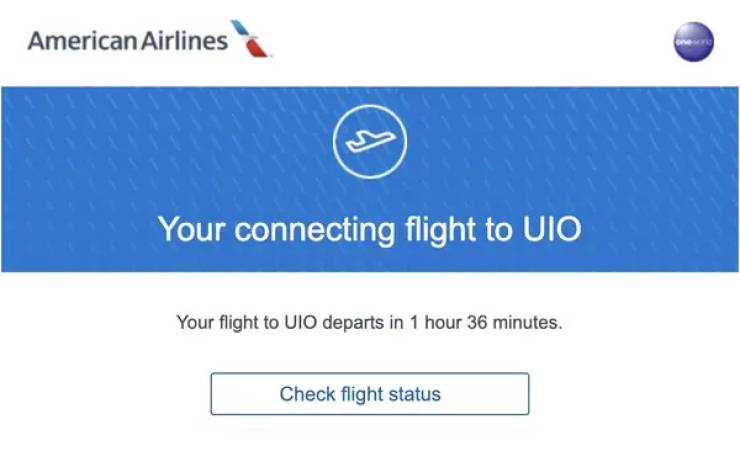
“If you’re worried about making a connection, there are a few things you can do to deplane and get to your connecting gate quickly. First, use the airline’s app to figure out where you’ll be landing and what gate you need to go to. Next, let a flight attendant know you have a tight connection. You might also want to inform your seat mate so you can get up quickly.
If you’re lucky, the flight team will make an announcement asking people to stay seated so passengers with tight connections can deplane. “
Pick your carry-on suitcase and personal item wisely.

“Running through an airport (especially with a mask on) is never fun, but sometimes it has to be done. This is when your choice of luggage actually matters. I recommend a four-wheel carry-on suitcase, which can be pushed or pulled alongside you and a backpack instead of a shoulder bag or purse.”
 Barnorama All Fun In The Barn
Barnorama All Fun In The Barn